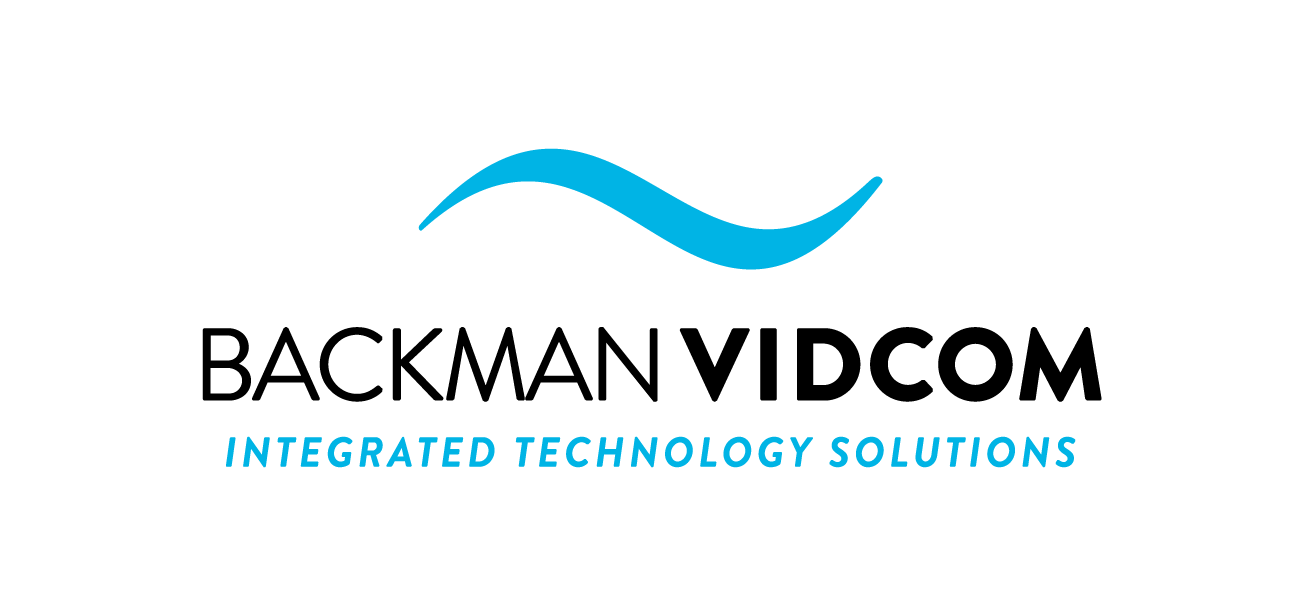Optimizing Audio and Video Technology for Microsoft Teams Rooms
In the era of hybrid work models, where remote and in-office teams converge, the need for seamless collaboration has never been more important. As organizations navigate this new landscape, Microsoft Teams Rooms has emerged as a game-changer, offering a dynamic platform for unified communication and collaboration. However, to harness its full potential, organizations must ensure their meeting spaces are equipped with the right audiovisual infrastructure.
As organizations adapt to hybrid work models, a fresh set of challenges has surfaced. Whether employees are in-office or remote, they frequently encounter fragmented, inconsistent, and unreliable experiences, creating friction, impeding productivity, and reducing efficiency.
It's essential to have meeting spaces that effectively blend physical and virtual conferencing experiences. Let's investigate the tools and technologies required to successfully combine both aspects.
The Growth of MS Teams Rooms
Microsoft Teams Rooms, the powerful collaboration solution from Microsoft, introduced an entirely new and fresh dynamic for enterprise meeting experiences. Through intelligent participant management techniques, all attendees have an equal opportunity to contribute and engage. However, Microsoft Teams Rooms doesn't operate in isolation. Achieving a smooth meeting experience requires an ecosystem that seamlessly integrates virtual and physical interactions, ensuring accessibility for all participants.
It's crucial for enterprises to guarantee their meeting spaces are outfitted with the right audio and video conferencing infrastructure. This ensures that MS Teams Rooms can fully leverage its capabilities as the collaboration hub of the hybrid workplace. However, optimizing audio-video integration in meeting rooms is not an easy task.
Typically, organizations work with audio-video integration partners to manage such tasks. With the evolution of hybrid work culture and the need for more sophisticated meeting experiences, there's increased importance in carefully scrutinizing AV integrators and the tools and technologies they offer to create the most optimal collaboration environment for an enterprise.
There are some essential factors that enterprises need to consider when establishing an audio-video infrastructure for seamless hosting of MS Teams Rooms meetings.
Ease of use
The primary concern regarding audio-video infrastructure is to ensure its ease of operation. Meetings are often time-sensitive, and employees may need to join conferencing calls promptly. Therefore, in hybrid office settings, it is crucial to have meeting rooms that can be easily configured.
The audio-video solutions used in business meeting rooms should seamlessly integrate with MS Teams Rooms. From intuitive controls to capturing the correct participant frame during discussions, a variety of elements come into play. Enterprises must ensure that their AV solutions provider effectively handles these complexities, ensuring smooth and seamless meetings and conferences.
Integrations with communication hardware
We have observed how prioritizing ease of use is crucial for meeting rooms in hybrid workplaces. These spaces often feature a variety of sophisticated communication hardware, such as video phone solutions and speakers. AV integrators tasked with building the necessary AV infrastructure should be able to comfortably incorporate the proper communication standards and protocols specified by top hardware brands. Backman Vidcom provides exceptional support for devices from leading brands like Poly, Crestron, Yealink, and more. Through strategic partnerships with such brands, Backman Vidcom ensures meeting rooms are equipped with solutions that blend into to the conferencing requirements of a MS Teams Room.
Support dynamic room sizes
Hybrid workplace meeting rooms come in diverse sizes and configurations, ranging from large to small and adaptable spaces that can be subdivided. Regardless of the room format, seamless integration of audio and video infrastructure is essential for hosting MS Teams Rooms meetings effortlessly.
The AV integrator must be able to provide customizable solutions to accommodate the needs of various meeting room experiences. Every participant should be able to connect seamlessly with their peers, regardless of the size of the room or the AV infrastructure in place. The solution provider should offer a versatile suite of products that can be tailored and deployed across different types and sizes of meeting spaces.
Ensure proper AV optimization
Half the battle lies in having the right AV infrastructure. Yet, the full potential of MS Teams Rooms is realized when this infrastructure seamlessly optimizes audio and video feeds, creating a unified experience across all employee locations. Features like echo suppression, noise cancellation, and dynamic video capturing are essential to elevate the collaboration experience to its fullest potential.
The AV integrator chosen must be adept at integrating the most up-to-date hardware and software components that support these functionalities. The effectiveness of participant engagement in hybrid meetings hinges on the precise capture of audio and video feeds without any trouble.
Summary
Enterprises need to ensure that audio and visual elements in their meeting rooms seamlessly synchronize with the deployed MS Teams Rooms infrastructure. By harnessing the partnership of an AV integrator, your organization can ensure smooth and hassle-free meeting experiences for all employees. It's essential to assess the AV integration partner's capabilities in the aforementioned areas.
This is where Backman Vidcom distinguishes itself as the ideal option for facilitating a smooth and seamless MS Teams Rooms experience within your company. Reach out to us to learn more.


